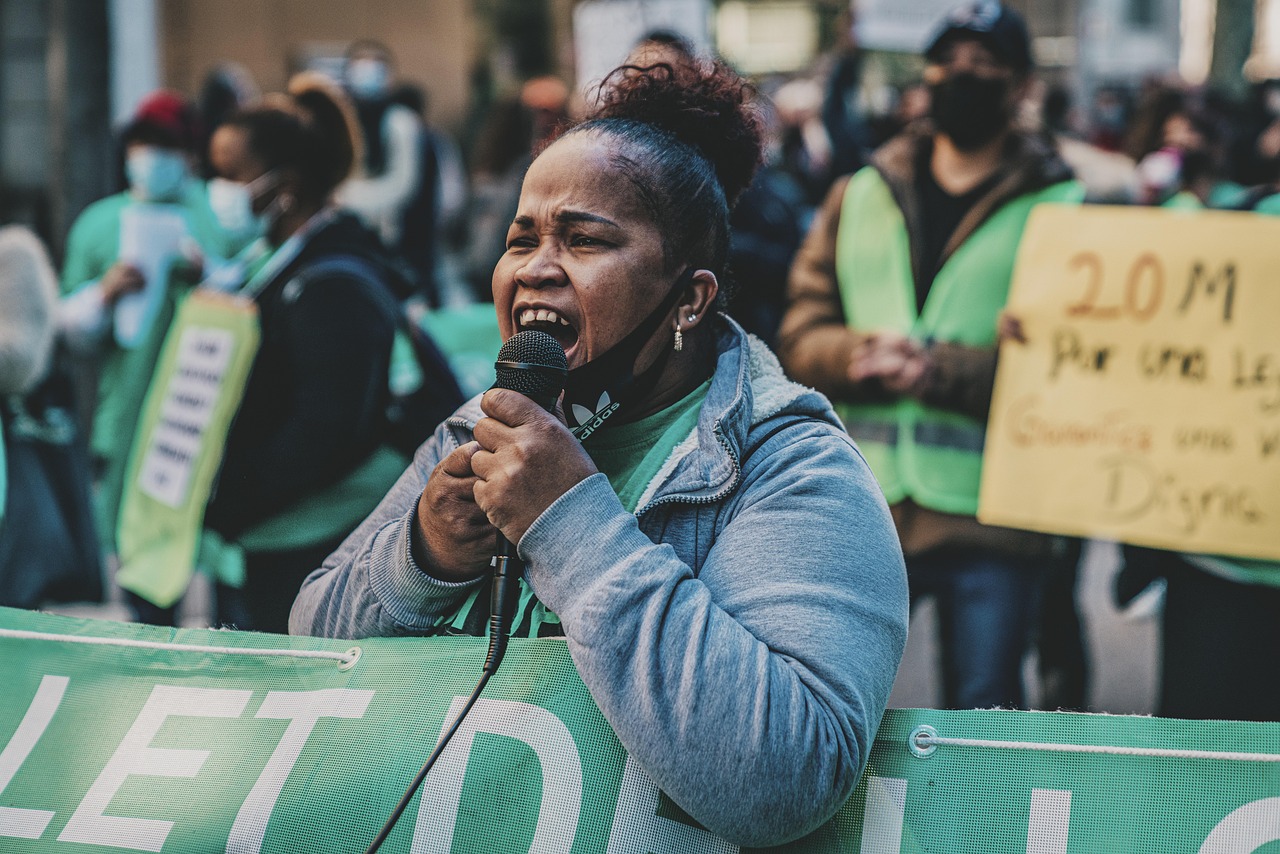
ART CHECK: Theatre ideology in Prof Obura’s life
Tribute revisits shift from acting to academia
Suppression of BBC exposé echoes earlier attempts to muzzle play
In Summary

Audio By Vocalize

Earlier this week, the BBC released a harrowing documentary, Blood Parliament, exploring how unarmed Kenyan protesters were gunned down outside Parliament during the June 2024 anti-tax demonstrations.
Produced by BBC Africa Eye,
the film identifies individual members of the security forces responsible for
the killings, using forensic visual analysis to reconstruct the events.
As a BBC spokesperson told the Daily Nation, the state was quick to intervene. "A screening of BBC Africa Eye's Blood Parliament in Kenya was cancelled due to pressure from the authorities," the spokesperson said.
The exposé and the state’s reaction to it have reignited pressing debates about the nexus between art and censorship, truth and power, and the place of artistic expression within the political and moral architecture of the Kenyan state.
As a literary critic, I am not surprised. Ours is a country with a proud but turbulent tradition of artistic activism. Truth-telling through the arts is embedded in our cultural DNA, passed down through generations of writers, performers and poets who have resisted power with nothing but metaphor, satire and song.
At the centre of this tradition today is Echoes of War, a provocative student play written by former UDA secretary general Cleophas Malala and performed by Butere Girls’ High School. The play echoes the frustrations of a disillusioned youth, presenting a dystopian kingdom plagued by generational disconnect and authoritarian repression.
To interrogate the intersection of art and censorship is to enter a profoundly philosophical and moral terrain. Why does art provoke such fear in insecure regimes? Why does censorship so often target youth-led expressions? And what does this reveal about the epistemological authority of the state?
At its core, censorship is an epistemic act. It is about controlling what can be known, remembered or imagined. The state’s reaction to Echoes of War and the broader Gen Z protests reflects an enduring ideological belief: that power must monopolise truth.
From a moral standpoint, the use of state violence to suppress dissent, whether in the streets or on the stage, is indefensible. The forensic evidence presented in the BBC documentary confirms that unarmed youth were killed while protesting the Finance Bill. This brutality stands in stark contrast to our constitutional promise of the right to peaceful assembly. When a state kills its citizens for expressing dissent, and then suppresses the art that attempts to narrate and mourn that loss, it forfeits moral legitimacy.
There is a compelling ethical parallel in the character of Mustafa, the protagonist of Echoes of War. A young tech innovator, he creates a life-saving telemedicine app but is later persecuted for his past criticism of the regime. The message is unambiguous: innovation and dissent are not mutually exclusive. Ethical governance should embrace critique as a sign of civic vitality, not treat it as a threat.
Censorship, especially when it targets art, often disguises itself in moralistic language: protecting public order, shielding children, preserving cultural values. But as Emily Knox of the National Coalition Against Censorship has noted, this merely cultivates a culture of fear. Writers grow hesitant. Artists self-censor. Citizens fall silent, not from lack of ideas but from fear of retribution.
We are no strangers to such repression. During the long shadow of the Nyayo presidency, writers like Ngugi wa Thiong’o were imprisoned and exiled for their work. His novel Devil on the Cross, written on prison-issued toilet paper, remains a testament to both the brutality of censorship and the resilience of the creative spirit.
Today, we are witnessing a dangerous return to those patterns. Arrests of playwrights, bans on performances the use of tear gas against students at drama festivals — these are not isolated incidents. They are evidence of a state retreating into fear, desperate to contain a population that is becoming increasingly politically conscious and creatively defiant.
Our youth, who now form the majority of our national population, are digital natives. They are documenting injustice in real time, organising via encrypted chats, and creating art that bypasses traditional gatekeepers.
The Gen Z protests were about more than taxation; they were about dignity, democracy and accountability. In this context, art becomes both archive and arsenal — a means of remembering and a method of resistance.
To attempt to straitjacket artistic expression for political expediency is not merely undemocratic; it is shortsighted. History teaches us that regimes that suppress art rarely outlive their own paranoia. Art, on the other hand, endures. Plays, poems, songs and documentaries become the living memory of resistance. They speak long after the tear gas has cleared.
In trying to suppress Echoes of War, the authorities have only amplified its significance. In trying to dismiss the BBC’s Blood Parliament, they have only deepened public mistrust. The moral of this moment is not veiled; it is loud and clear: the suppression of art is the suppression of truth.
As a country we stand at a crossroads. One path leads toward a tightly controlled society, where creative expression is sacrificed for political convenience. The other, though less comfortable, affirms art as critique, mirror, and dialogue. To jail artists is to jail the national imagination. And a country that fears its own imagination is already unravelling.
Art is not the enemy. It is the conscience of a nation. And when that conscience is silenced, it is not only artists who suffer—but the society that forgets how to feel, to question, and ultimately, to hope.

Tribute revisits shift from acting to academia

Unyielding belief in their potential is the key to success